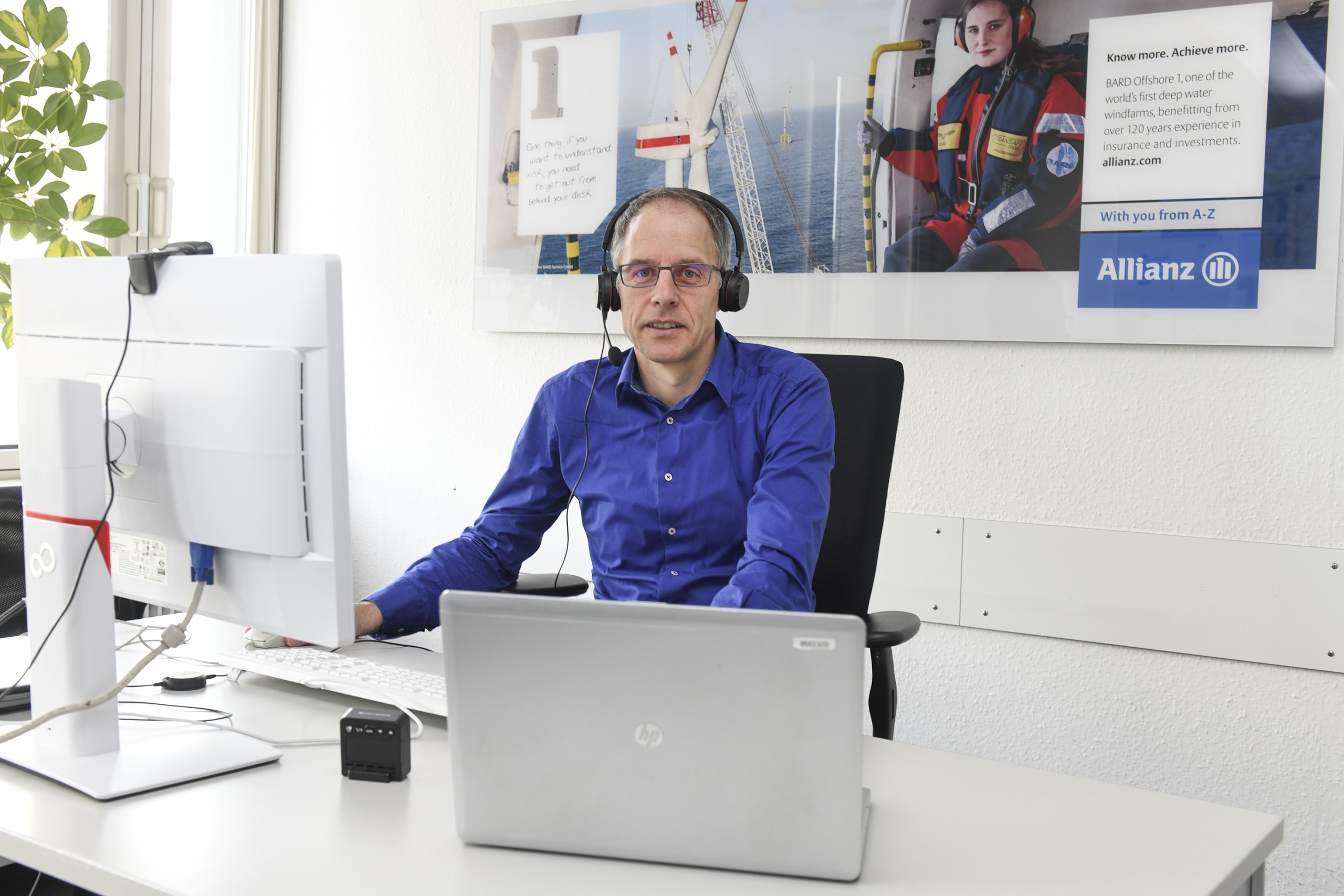Topics at the Allianz Center for Technology:
Do wind turbines need vibration monitoring and condition monitoring?

On 13.02.2020 Thomas Gellermann held a live webinar for the Association of German Engineers (VDI) entitled "Do wind turbines need vibration monitoring and condition monitoring?”
Wind turbines provide a significant contribution to renewable electricity generation. In the long term, a further expansion of wind energy can be expected both nationally and internationally, as a result of increases in plant capacity and cost reductions in production. Detailed knowledge of the plant condition is becoming increasingly important for the economic efficiency of technically sophisticated plants as a basis for intelligent maintenance. For this purpose, vibration-based Condition Monitoring Systems (CMS) have been established as standard for some time. They provide important information for condition-based and Predictive Maintenance. However, the systems can also provide important information about the operating behavior and possible harmful vibration conditions. This is the task of Vibration Monitoring, which is used to identify wind turbines with conspicuous behavior in comparison to standardized reference values or the turbine fleet on the basis of standardized assessment quantities.
In the webinar, Thomas Gellermann presented standardized evaluation parameters for vibration monitoring as a supplement to condition monitoring and its benefits. In a live survey, 95% of the webinar participants decided that the potential synergies from the use of CMS and vibration monitoring were reasonable (Link to slides of Webinar).
Background
The Allianz Center for Technology (AZT) has been committed to the spreading and use of vibration-based condition monitoring on wind turbines for almost 20 years. These systems help to increase the reliability of the turbines and reduce damage. For this reason, DNV GL has been requiring the use of Condition Monitoring Systems (CMS) as a prerequisite for the type certification of offshore wind turbines for several years now. In the certification guideline, the technical requirements developed by AZT are referred to.
For onshore wind turbines, on the other hand, there is still no obligation to use condition monitoring systems. For this reason, the systems are only installed as an option at the customer's request, despite the fact that the turbines are continuously getting bigger and more powerful. According to Thomas Gellermann, this is saving money at the wrong end. According to his experience, operators who manage the maintenance of the turbines themselves have been relying on the use of CMS in the majority of cases for years. While vibration-based condition monitoring has become even less common for plants maintained under full service contracts.
Studies show that the consequential costs for a large proportion of the drive train damages that occur can be reduced by early detection, and that the insurance company can also benefit from this. For many years, vibration monitoring has been a standard feature of turbosets in industrial and power plants, even in the similar power range to wind turbines. Wind turbines, on the other hand, are only entered once or twice a year and only during standstill. It is therefore even more incomprehensible that condition monitoring and vibration monitoring are not yet a requirement for onshore plants.
The AZT contributes its extensive loss experience not only within the Allianz (project-related or as lessons learned), but also passes on its knowledge on loss prevention to the industry via conferences, customer events and other forums, such as this VDI webinar.